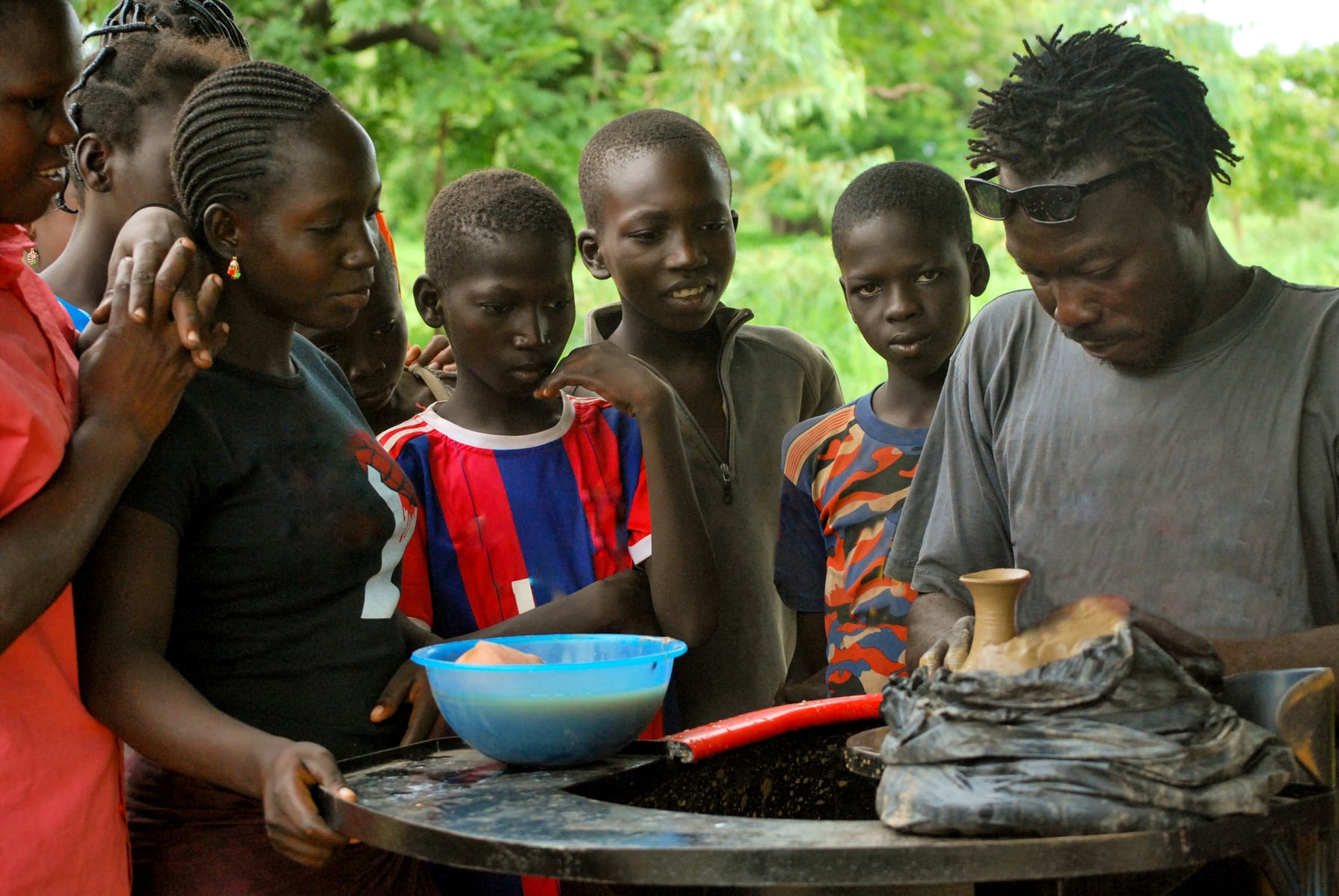How to Create a Physical Therapy Routine for a Dog Recovering from ACL Surgery?

If your pet dog recently underwent ACL surgery, you must be feeling a wave of relief that they’re through the critical phase. However, the road to recovery can be a long journey – especially when it comes to restoring agility and mobility in your furry friend. Physical therapy plays a vital role in improving surgical outcomes and speeding up the recovery process, and it’s crucial to devise a therapy routine that suits your dog’s specific needs. This article serves as a guide for developing a bespoke post-surgery physical therapy routine, aiding your pet’s recovery from ACL surgery.
Understanding Your Dog’s Condition
Before devising a therapy routine, it’s essential to gain a comprehensive understanding of your dog’s condition by consulting with your veterinary professional. ACL, or anterior cruciate ligament in dogs, is a key stabilizing structure within the knee joint. When damaged, it causes significant pain and can hamper your dog’s mobility.
Have you seen this : What Are the Best Techniques for Grooming a Nervous or Anxious Dog?
ACL surgery aims to restore stability in the knee joint. However, post-surgery, your dog will likely experience discomfort and limited mobility. This is where physical therapy comes in – it aids in managing pain, improving joint flexibility, and enhancing muscle strength.
Post-Surgery Care And Management
Following surgery, your dog’s activity must be carefully managed to prevent further injury. Initially, limit your pet’s movements – this typically involves the use of a crate or a small, confined area. Encourage brief leash walks of around 5-10 minutes, gradually increasing the duration as your pet’s mobility improves.
In parallel : How to Choose the Right Breed of Dog for Emotional Support Roles?
Weight management is also crucial at this stage. Excess weight puts additional strain on the joints, hindering recovery. Work with your veterinary professional to devise a balanced diet that maintains your pet’s healthy weight whilst providing them with the necessary nutrients for recovery.
Creating an Effective Physical Therapy Routine
Crafting a tailored physical therapy routine can significantly aid your pet’s recovery from ACL surgery. Here’s how you can get started:
-
Passive Range of Motion (PROM) exercises: These are gentle movements that you can do for your pet to maintain joint flexibility and reduce stiffness. Start by flexing and extending your dog’s affected leg in a comfortable range, repeating the motion for several minutes.
-
Balance exercises: As your dog’s strength improves, incorporate balance exercises like standing on three legs or walking on uneven surfaces. These activities enhance joint stability and improve muscle strength.
-
Massages and warm ups: Before starting any physical exercise, ensure your pet is adequately warmed up. Massages can help achieve this, as well as relieve pain and increase blood circulation to the affected area.
Remember, every dog’s recovery pace will differ. Always go at a pace that is comfortable for your pet, and never push them to do exercises that cause discomfort.
Importance of Regular Veterinary Check-Ups
Routine veterinary visits throughout your pet’s recovery period are essential. These regular check-ups allow the veterinary professional to monitor your dog’s progress, make necessary adjustments to the therapy routine, and address any complications promptly. Your veterinary professional may also provide additional recommendations, such as hydrotherapy or therapeutic laser treatments, that can further aid in your dog’s recovery.
Patience and Positive Encouragement
Recovery from ACL surgery is a slow process, and it’s only natural to feel anxious about your pet’s progress. However, your patience and positive encouragement can make a huge difference. Celebrate each small milestone and provide lots of positive reinforcement during physical therapy sessions. This not only keeps your pet motivated but also strengthens your bond with them during this challenging journey.
Creating a physical therapy routine for your pet recovering from ACL surgery involves careful planning and a good understanding of your dog’s needs. While this process may seem daunting, remember that you’re not alone. Work closely with your veterinary professional, and don’t hesitate to express any concerns you may have about your pet’s recovery. Your unwavering commitment and care will undoubtedly contribute significantly to your furry friend’s recovery journey.
Continuous Monitoring and Adjustment of Physical Therapy
The recovery process of your dog from ACL surgery is not a linear path; it requires constant monitoring and adaptation of the physical therapy routine. The therapy exercises that initially worked for your dog might need alteration as they progress through their recovery. This is where the role of a professional in veterinary medicine comes into play.
Start by scheduling regular visits with the veterinary professional who is familiar with your dog’s medical history and surgical details. These professionals can assess your dog’s healing progress, identify any areas of concern, and provide precise advice on adjusting the therapy routine.
In addition to the exercises, the vet might suggest some additional treatments like hydrotherapy, a low impact exercise that can help improve your dog’s strength and mobility without putting too much pressure on the recovering ACL. Similarly, therapeutic laser treatments might be recommended to promote healing and reduce inflammation.
Moreover, you may have to adjust the frequency of exercises as per your dog’s progress. In the early stages, range of motion exercises might be necessary multiple times a day. As your dog recovers, you might need to reduce the frequency while increasing the intensity of workouts.
Remember, it’s critical to communicate any changes you observe in your dog’s behavior or physical condition to your vet. This includes changes in appetite, weight-bearing capacity, or any signs of discomfort. Effective communication will help the vet in fine-tuning the recovery plan, ensuring a smoother and faster recovery process.
Necessary Precautions and Concluding Thoughts
When dealing with your dog’s recovery from ACL surgery, it’s essential to keep in mind that the healing process can take time and requires patience. Each dog’s recovery timeline will differ based on their general health, age, and the complexity of the surgery. It is crucial not to rush the process; pushing your dog too hard can result in setbacks.
Ensure your dog is getting sufficient rest alongside the physical therapy. Rest is equally important in the recovery process, giving the healing cruciate ligament time to repair itself. Furthermore, keep a close eye on your dog’s diet. A balanced diet, combined with some light exercises, can prevent weight gain and reduce stress on the joints.
Steer clear from allowing your dog to engage in strenuous activities like jumping or running. Even if your pet seems to be improving, high-impact activities can strain the recovering leg and possibly lead to re-injury.
In conclusion, the process of your dog’s recovery from ACL surgery is a delicate surgery step that needs careful management. But with the right guidance, patience, and positive encouragement, it’s something that you can easily navigate. Do not hesitate to reach out to a veterinary professional for advice or if you have any concerns about the recovery process. Remember, your earnest efforts in adhering to the physical therapy routine will play an instrumental role in your furry friend’s return to their joyful, active self.
